“The Divine Child” by Jacqueline Wallen
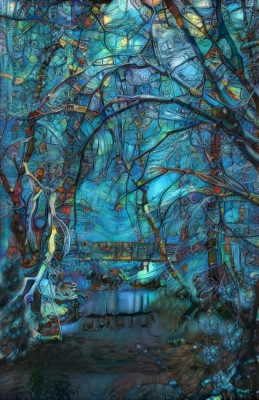 December 13, 2020
December 13, 2020
The Third Sunday of Advent
Here we are, three-quarters of the way through advent already. It’s still the dark season as we wait with hope for the return of the light and for the birth of the baby Jesus, symbol of light and hope.
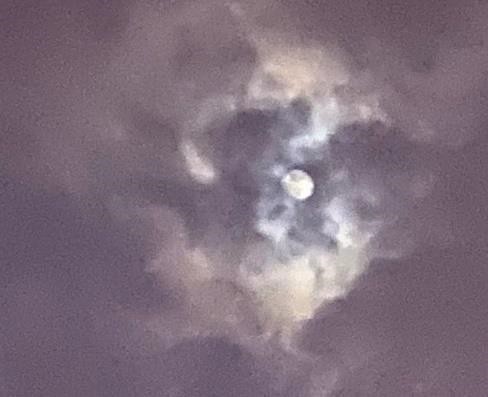
We know what’s coming. We can picture the waiting manger, the shepherds, the cows, the sheep and the goats. Yes, the goats—in those days the shepherds herded sheep and goats together. I love goats.
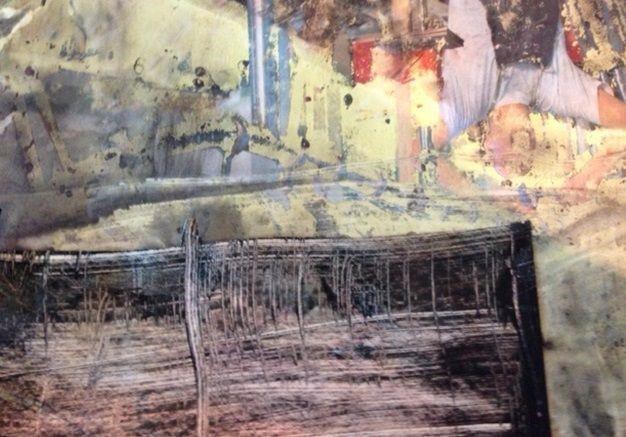
Goats are playful, loving, affectionate, mischievous, and adventurous. We have a standing joke in my mission group. Whenever the Bible compares sheep to goats (and it’s always in a way that is unfavorable to goats), I stick up for the goats. I often put on my goat ears and read a poem that puts goats in a positive light. It’s sort of like a one-person pro-goat demonstration. Anti-speciesism, you might say. I think it all started with the tradition of projected a community’s sins onto a scapegoat and then driving it into the desert to die. But it’s not fair.
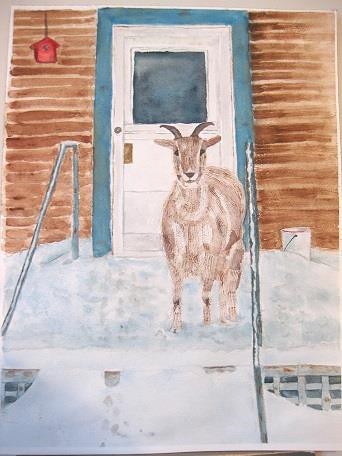
My former husband and I had a wonderful goat when we lived in Etna, New Hampshire. His name was Bill. We had a very steep, grassy hill on one side of our house that was definitely not lawnmower-friendly. On the other side of the house was an attached barn that served as a garage but in which my husband also built a stall for our goat. Bill kept the rocky hill nicely trimmed and exchanged “baaahs” with customers who patronized the little store and gas pump across the street from us. He loved our dog and cats, who would visit him in his stall and who also loved him.
He was good friends with a pony who lived down the street. We took him on long walks in the meadow behind our house, along with our dog, and for Bill it was like being in Candyland. Such a varied selection of delicious greenery. There were wild grapes, and the grape leaves were his favorite. Convinced Bill was on to something, dog would copy him, biting off leaves but then spitting them out when the bitterness hit him.
Goats have a sense of humor and many other human qualities. Maybe that’s why their babies are called kids. Kids, human ones, and goats have some definite similarities. Children are wonderful, but they are not convenient. They are independent, mischievous, disruptive, and unpredictable. They are not easy to herd. And they are often underappreciated, reprimanded, even shamed, and sometimes abused.

Many years ago, in late Fall, I attended a workshop let by Pir Vilayat, the then leader of the Sufi order and the son of its founder. The workshop had to do with child archetypes, that is, images of the child that recur in stories and myths across times and cultures. One is the archetype of the wounded child. Twelve-step programsfor children of alcoholics talk about the “inner child,” that part of the adult that was wounded as a child by parental alcoholism. All of us, as children, experience moments where we are shamed or not valued for our true selves, where we do not receive what Carl Rogers called “unconditional positive regard.” Some children experience abuse. The wounded child within us bears these childhood scars.
Pir Vilayat, in his workshop, asked us to think of a time as a child when we were rebuked for by an adult for something we did or said that was a reflection of our truest self. We were to remember that and think of how we felt and what we told ourselves at the time.
In my case, the first thing that came to mind was red jello. When my mother made jello, it looked more like applesauce than like the jello in the picture on the box. Somehow it didn’t fully gel. Maybe she didn’t wait long enough. It didn’t matter—it tasted great. She was divorced, and worked full-time but they didn’t really have much in the way of day care in those days, so she sent me to a private school and told them to have the bus pick me up first and drop me off last. That was my day care. The school, then called the Congressional School, was at the former estate of General George Patton, so some of the buildings were very elegant. The room we ate lunch in was magnificent. It had long refectory tables and, at one end, big Palladian windows through which the tall trees that surrounded the school were visible.
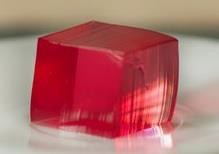
One day, when I was about five years old and still new at the school, we had finished our lunch and they brought out dessert — big shimmering cubes of red jello. I had never seen jello like that. They looked like precious jewels— enormous red gems. In awe, I picked up the jello in my hands held it up for everyone to see. “Look at this,” I said loudly, assuming no one else had ever seen jello like that either. The teacher was furious and yelled at me to put the jello back on my plate. What kind of home did I come from that I didn’t know not to pick up food with my hands? I was so ashamed and embarrassed. Being divorced was scandalous in those days, and children who came from “broken homes” were considered somehow damaged and inferior. This compounded my shame. It was awful. What I told myself was “I’m not good enough.”
So…back to Pir Vilayat’s workshop. After we had called up an image of being rebuked or humiliated for being exactly who we were, Pir Vilayat asked us to re- imagine the scene as a celebration of our true and precious selves and, as we did it, to sing Alleluyah, repeating the word again and again in whatever way felt right to us, imagining that the whole chorus we created with our singing was recognizing and praising us. (We could sing together then because it was real life, not Zoom)
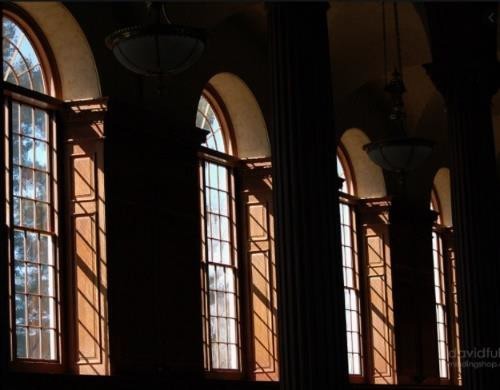
So, I imagined myself holding up the red jello in both my hands to the light that was streaming in through the trees from the Palladian windows, appreciating how miraculous it was and savoring its beauty. As I did, I sang Alleluyah and heard the big room full of people singing it too.
It’s impossible to describe how healing that experience was. I felt holy, blessed, and whole… loved, and definitely good enough.
Try it yourself when you get a chance. Maybe in the shower?
But the Wounded Child was only one of the two child archetypes that Pir Vilayat worked with. The other was the Divine Child. Just as we all have a Wounded Child within, we also all have a Divine Child within. The Divine Child represents the qualities stirred up when we sang Alleluyah to our child selves: light, joy, laughter, creativity, regeneration, wholeness, hope, new beginnings, spontaneity, authenticity, innocence, and awe.
He talked about the nativity scene as the ideal welcoming scene for the Divine Child, for every newborn infant. The divine child is loved and cherished by adults who bring gifts and prophesy that this is the holy child they have been waiting for, born without sin. We do the same with our children as, for most of us, our parents did with us. This child is a gift…this child brings hope…this child is special…this child is loved beyond measure. “His majesty, the child,” Freud said, describing the adoration we bestow on our newborn children. This baby has been eagerly anticipated and creates new hope. This is the right time, this is the right baby, this child will bring us joy.
Throughout the ages, humans, in this dark time of the year, have feared that the light will never return; that the world will remain dark forever. The birth of the Divine Child symbolizes the return of the light, hope for the future, and a new beginning of the world.

Pir Vilayat then asked us to take some time to honor our own Divine Child—the child within us, the child of God, born pure and good, loved by God. He asked us to create the manger scene in our imagination and to place our own inner Divine Child into the manger, drinking in the love surrounding us, absorbing it through our eyes and ears and skin. Then he told us to ask ourselves who or what would we like to have in the manger with us? He suggested we keep whatever we wanted from the traditional scene and add or take away according to what honored and nourished us. Who would we like to have visit us, to honor us, to bring us gifts and wisdom and food for the spirit?
He then gave us some time to take in all of the smells and sounds and sights and all the love and spiritual gifts that surrounded us. It was another wonderful experience, another gift. Try it yourselves some time during this holiday season.
Life is difficult and even those much-loved children who are honored at their birth will be wounded and suffer pain, will be less than perfect. But still they are loved by God and the birth of each new child in the world is a moment of hope. This time it will be different. This child will not be hurt. This child will be perfect. This child will save the world.
I hope you will take these images away with you to savor as we await the light. I hope you will take this Christmas season to honor the Divine Child in you, and the Wounded Child as well, because they are both holy.